Getting a Urodynamic Study
You are coming to Children’s Mercy to have a Urodynamic Study (Uro). This will help your doctors learn about how your bladder is working. Your bladder is the part of your body that holds pee.
You and your family will check in at the main entrance of Children’s Mercy.

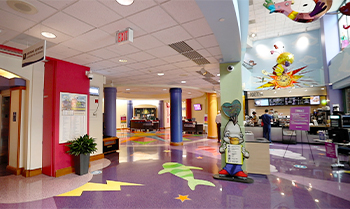
Then, you will go to this waiting room to check in, too. You will wait here until a nurse comes and calls your name. The nurse will take you to the room where you will do your Uro.
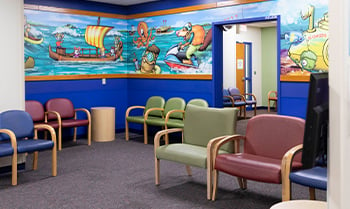
There is usually more than one nurse in the room. Sometimes, they wear yellow gowns.
The grownups with you can stay the whole time you are in this room.
This room has toys, an iPad, and a TV that you can watch movies on. You can choose what you want to do while you are in the Uro room. There may be times the nurses ask you to be still while you do these things.
You can also bring a few of your favorite things from home if you would like, such as a stuffed animal or favorite toy.
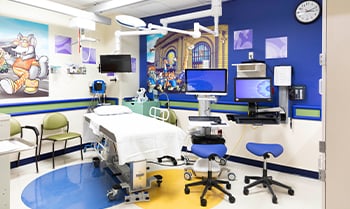
You will take off your clothes, including your underwear, and put on a hospital gown. There are blankets to keep you warm. You can bring your own blanket, too.
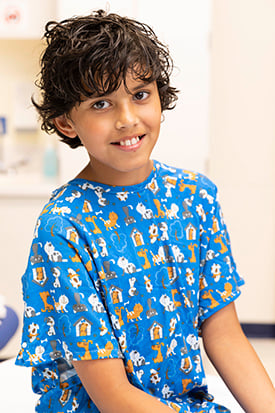
Next, the nurse will put small stickers on you. Two stickers go on your bottom, and one will go on your leg. These stickers do not hurt. Some kids say they feel cold or gooey.
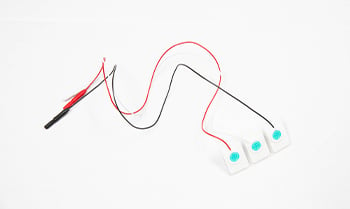
The nurse might ask you to pee in a toilet. This toilet looks different than the toilet you use at home.
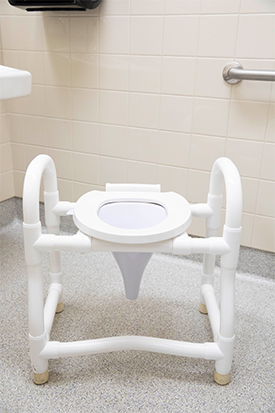
Then, you will lay down on the bed.
Girls need to lay with the bottoms of their feet touching and knees bent out to the sides. Some people say this looks like butterfly wings. Boys need to make their legs straight and rest them on the bed.
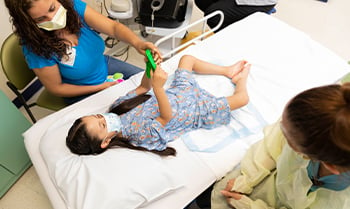
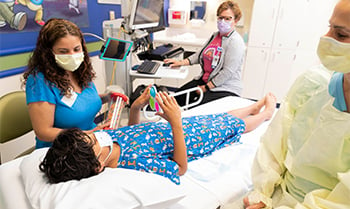
The nurse will clean the skin where your pee comes out with soap and water. The nurse might use brown soap or clear soap. The nurse will use a small, soft cloth to clean and dry your skin.
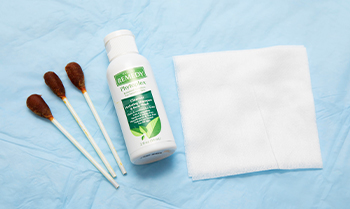
The nurse will also put some numbing gel on your skin where your pee comes out. This gel squirts out of a little tube and will help your skin not feel things as much. This gel feels cold and wet. Your job is to lay very still.
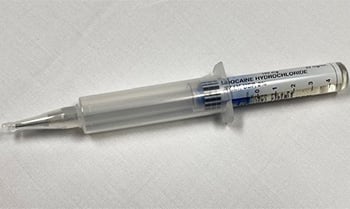
The nurse will put a small tube in where the pee comes out of your body. This tube will connect to your bladder.
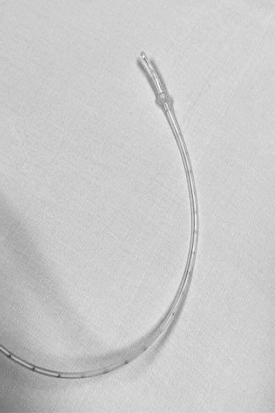
When the tube goes in, you may feel like you need to pee. Your job is to keep your body as still as you can. You can take deep breaths to help relax your body. When you take deep breaths, your tummy muscles get softer and the small tube slides in easier.
When the small tube is where it needs to be, the nurse will tape the tube to your leg.
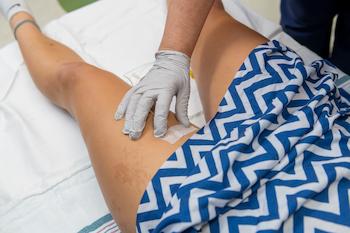
The nurse will put another small tube in your bottom where your poop comes out. This may feel like it does when you need to poop. When the small tube is where it needs to be, the nurse will tape this tube to your bottom.
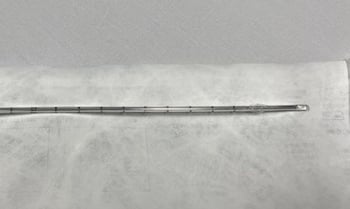
The nurse will put water into the tube to learn more about how much your bladder can hold. After a while, you may start to feel like you need to pee. Tell the nurse when it feels like you need to pee. Sometimes, the water leaks out around the tube, which is OK.

After your bladder is full, the nurse will take the water out through the small tube. You may not feel this at all. The feeling of needing to pee should go away as the water comes out.
The nurse will use the tube to fill your bladder with water again. When you feel like you need to pee again, the nurse will take the water out through the small tube. Or the nurse might ask you to go pee into the toilet in the bathroom.
After you pee, the nurse will take the stickers off. Then, the nurse will slide the two little tubes out. You can take deep breaths to help relax your body during this part.
You may have a voiding cystourethrogram (VCUG) after your Uro. If you need a VCUG, the nurse will leave the small tube taped to your leg until after your VCUG is done. View our VCUG page to learn more about having a VCUG after your urodynamic study.
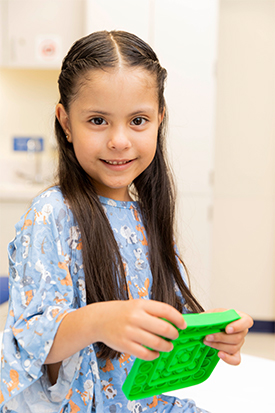
After the small tubes are out, you can get dressed and will be able to leave. You get a prize when you are all done!